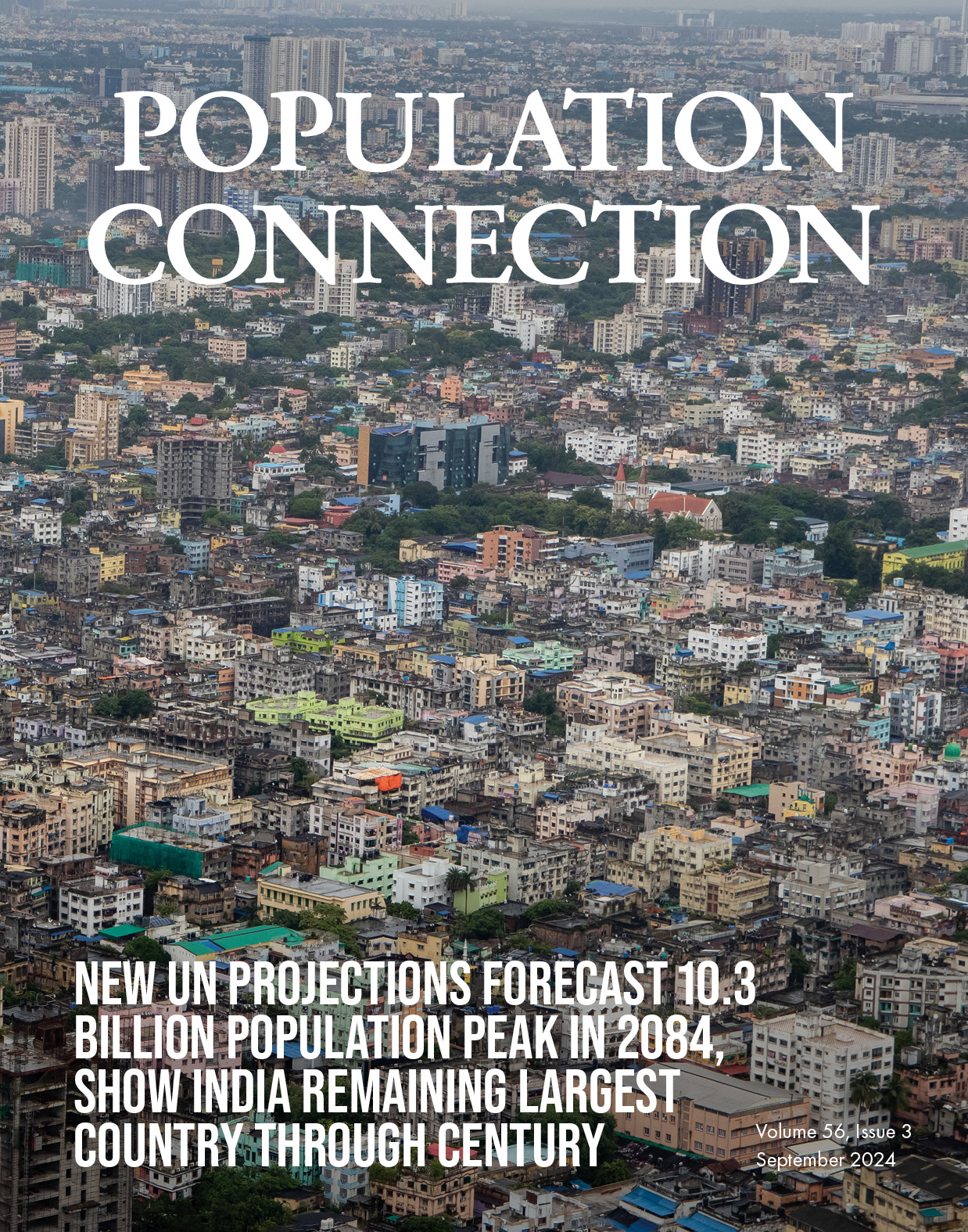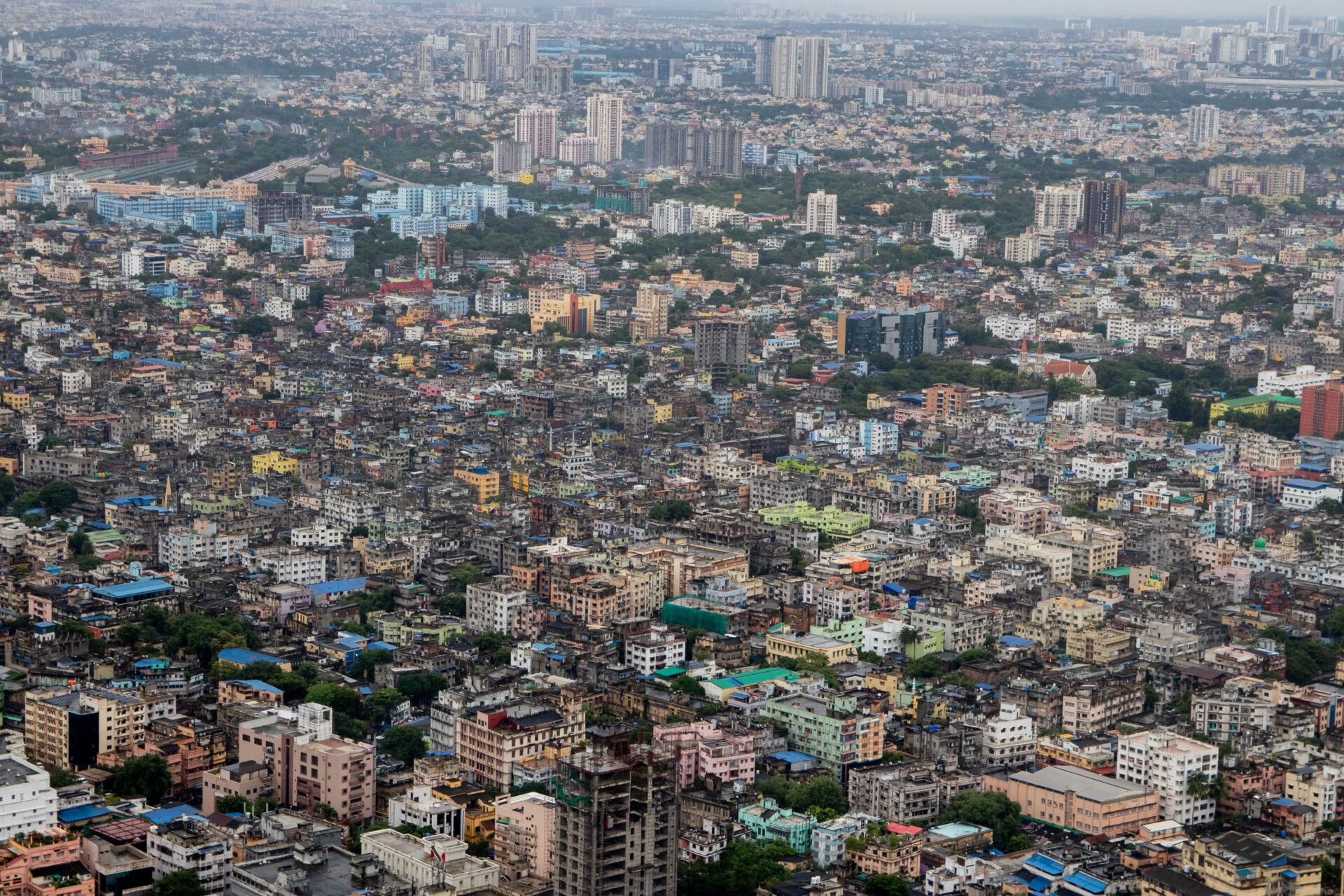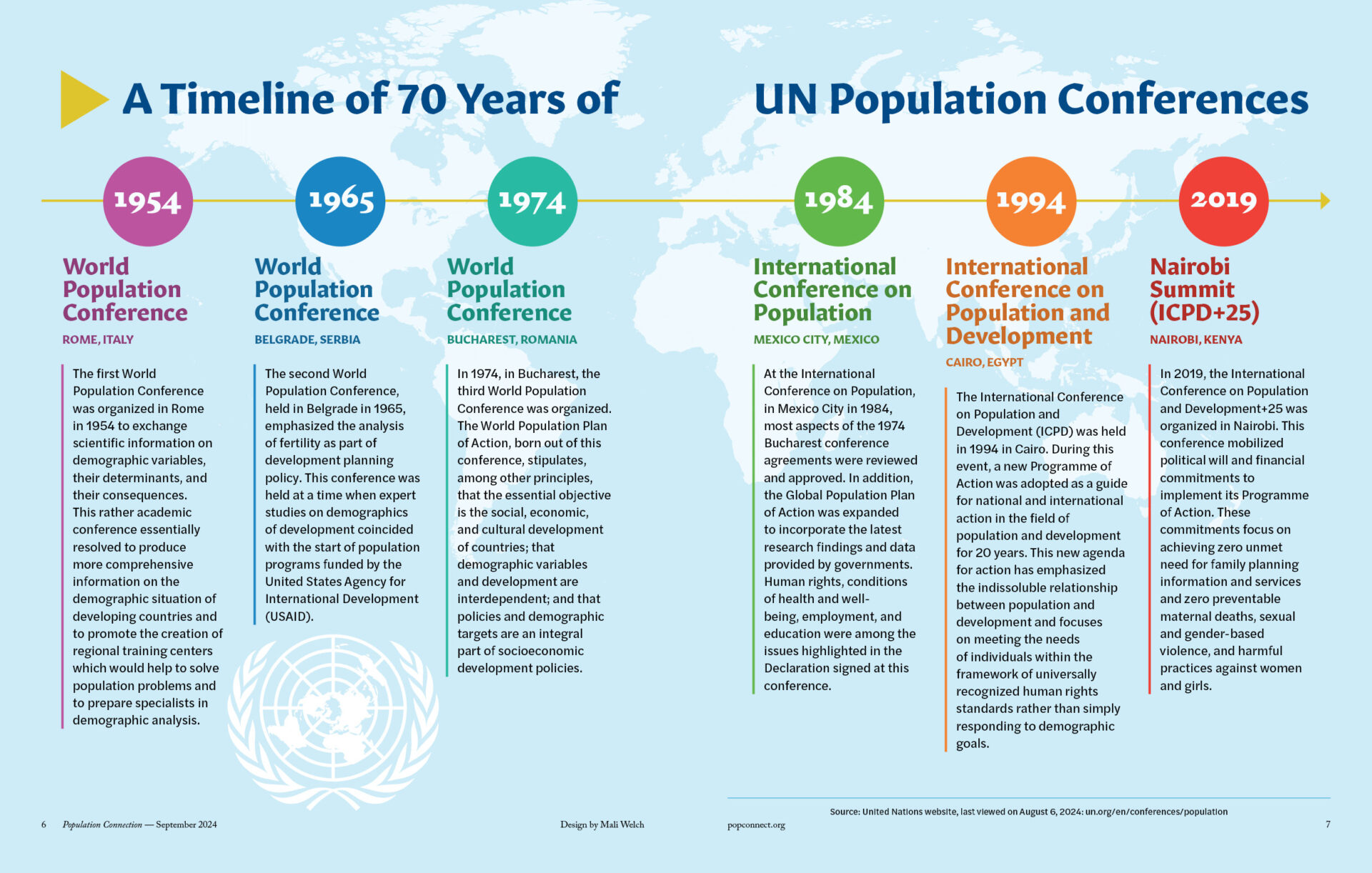
September 2024
This year is the 30th anniversary since the 1994 International Conference on Population and Development (ICPD) in Cairo — a watershed event whose Programme of Action set an agenda for achieving goals related to sexual and reproductive health, maternal mortality, HIV/AIDS, and much more. The document acknowledged the role population stabilization plays in sustainable development, but much of the environmental and reproductive health and rights community still came away from that conference believing that population challenges have no place in modern conversations around achieving universal access to family planning. We vehemently disagree. Sadly, we seem to be one of the only organizations still committed to ending population growth for the benefit of people and the planet. As such, we’ve started delivering statements at UN conferences so that population challenges aren’t completely absent from discussions about global health and sustainable development.
Cover image: Aerial view of Kolkata, the urban center of eastern India. The Kolkata metro area has a population of over 15 million people. (Photo by Debajyoti Chakraborty/NurPhoto via Getty Images)
In 1994, the world’s population stood at 5.6 billion. It is now over 8.1 billion, and it keeps growing. We must prepare for continued population growth in sub-Saharan Africa — and slow growth or decline in much of Asia, Europe, and Northern America, and later, in Latin America and the Caribbean. Amina J. Mohammed, Deputy Secretary-General of the United Nations
Features
Population Connection Participation at the 57th Session of the UN Commission on Population and Development (CPD57) Remarks from the Deputy Secretary-General of the United Nations at CPD57Department Updates
Summer Photo Contest Winners Virtual Events President’s Circle Member: Scott Lambros Global Partners: Hope for Kenya Slum Adolescents Initiative Washington View Field + Outreach Population EducationThe UN now projects (in its medium variant) that the world population will peak at 10.3 billion in 2084, and that it will gradually decline to 10.2 billion in 2100. These figures belie the range of possible outcomes, however — UN demographers forecast that the population in 2100 has a 95% likelihood of being between 9 billion and 11.4 billion — a difference equivalent to the current combined size of Europe, Northern America, Australia, New Zealand, and sub-Saharan Africa!
Cover image: Aerial view of Kolkata, the urban center of eastern India. The Kolkata metro area has a population of over 15 million people. (Photo by Debajyoti Chakraborty/NurPhoto via Getty Images)



Regular Columns
